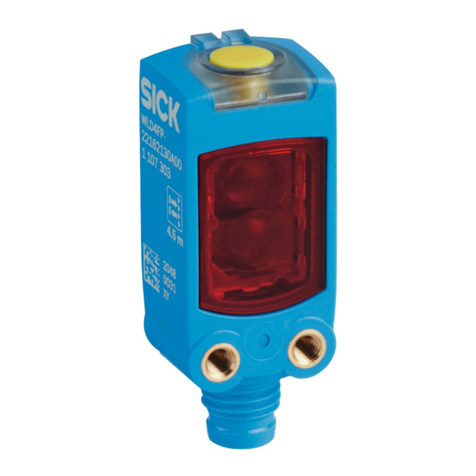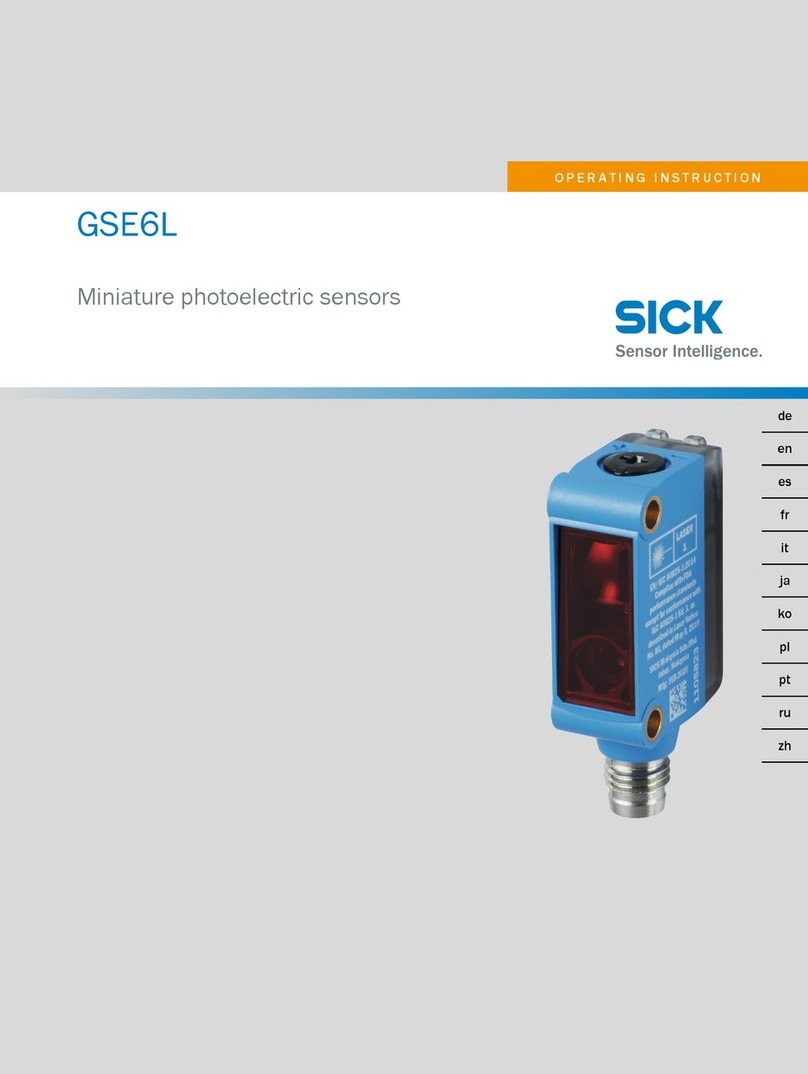SICK RAY26 User manual
Other SICK Accessories manuals
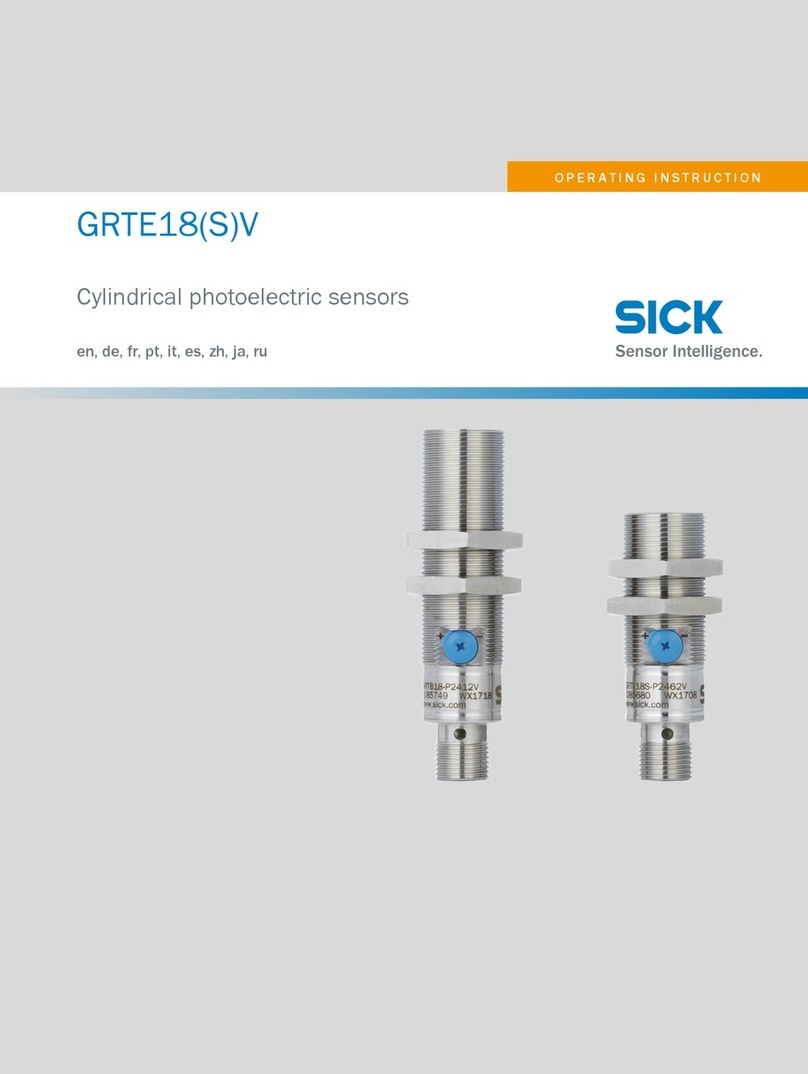
SICK
SICK GRTE18V User manual
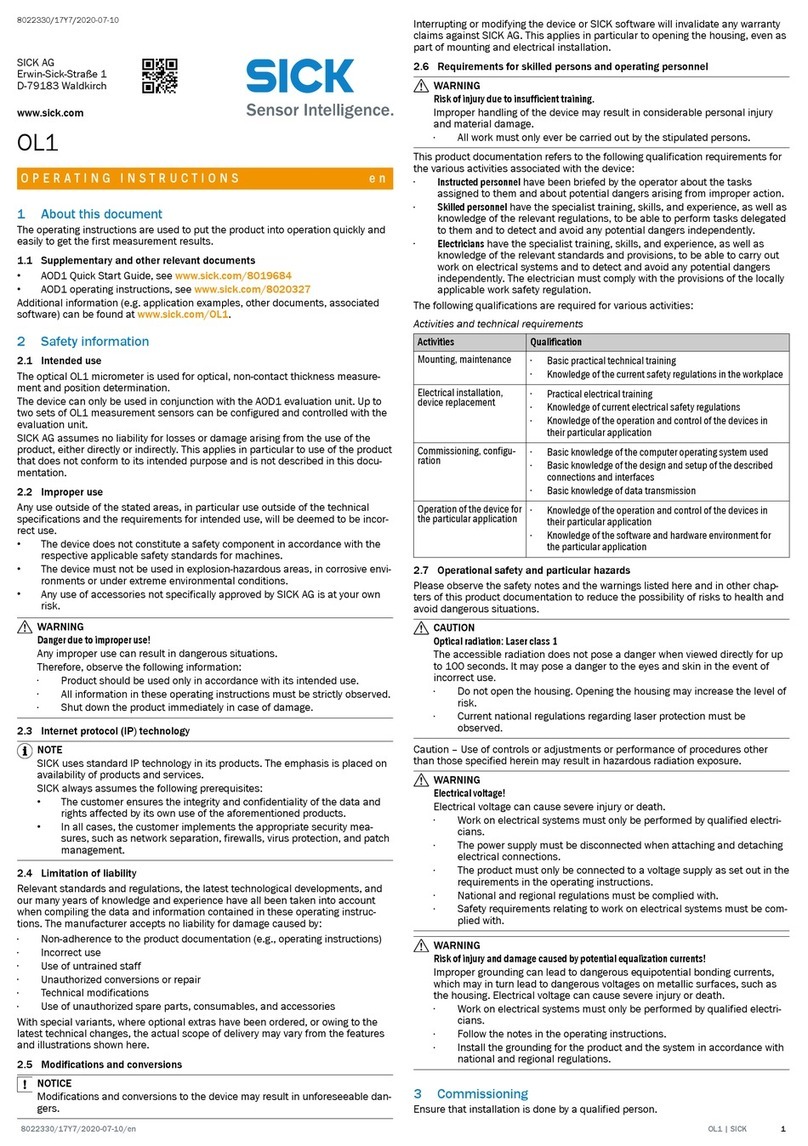
SICK
SICK OL1 User manual
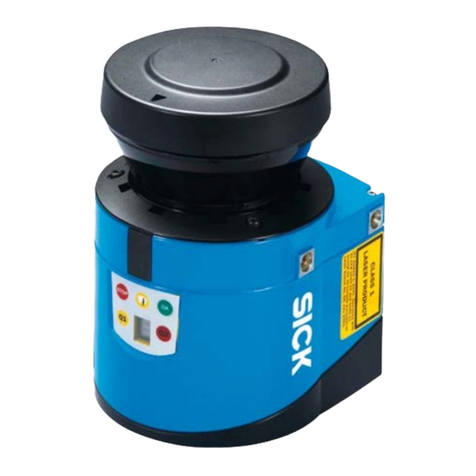
SICK
SICK NAV210 User manual
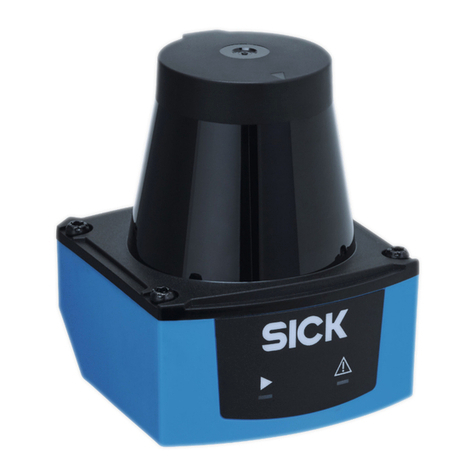
SICK
SICK TiM2 Series User manual
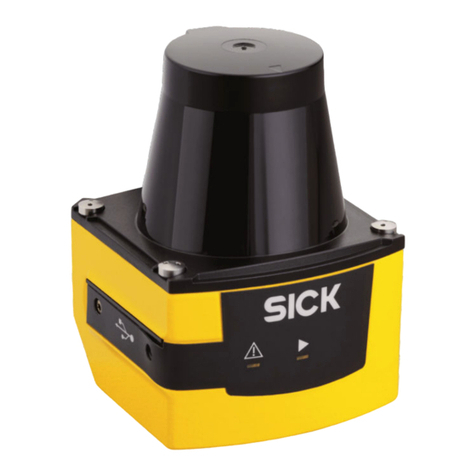
SICK
SICK TiM7 S Series User manual
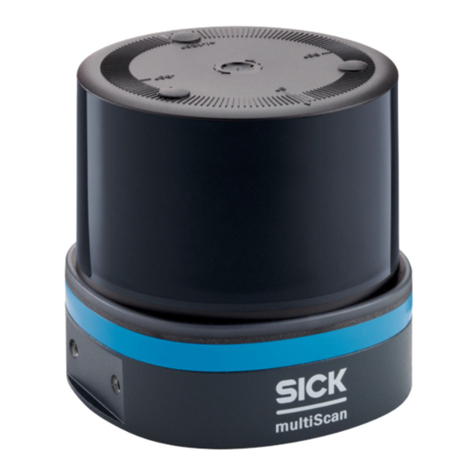
SICK
SICK multiScan136 User manual
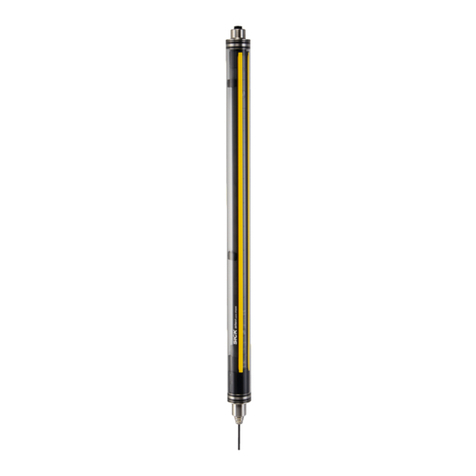
SICK
SICK deTem4 Core IP69K User manual
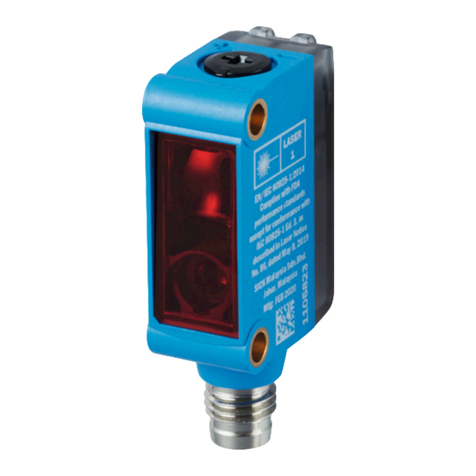
SICK
SICK GL6L-P1 Series User manual
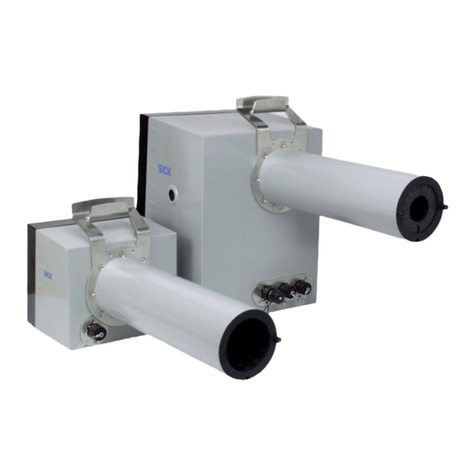
SICK
SICK VICOTEC320 Series User manual
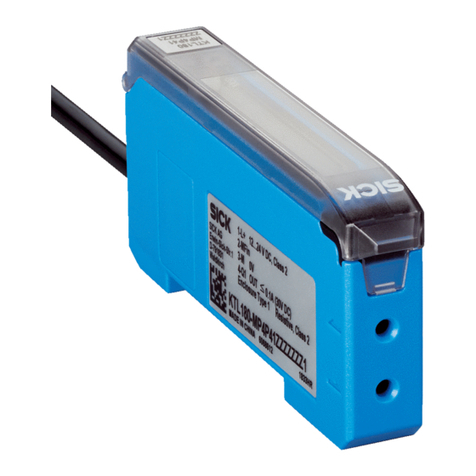
SICK
SICK KTL180 User manual

SICK
SICK WSE9-3P User manual
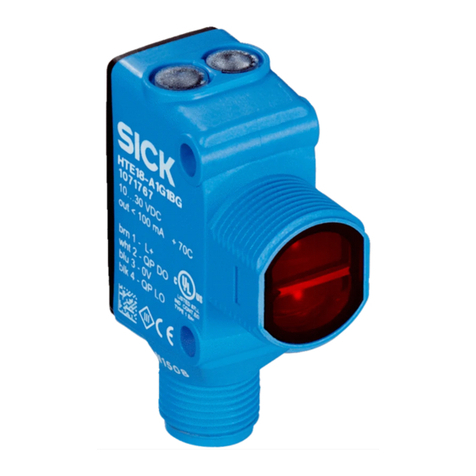
SICK
SICK SureSense HTB18L Series User manual
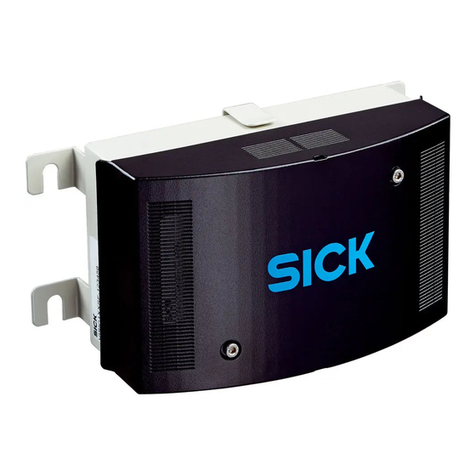
SICK
SICK VISIC100SF User manual
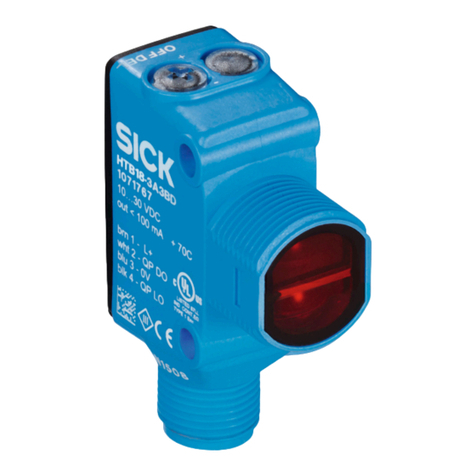
SICK
SICK SureSense HTB18L Series User manual
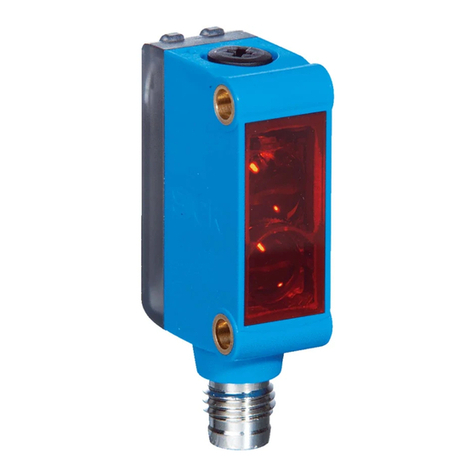
SICK
SICK GL6 Series User manual
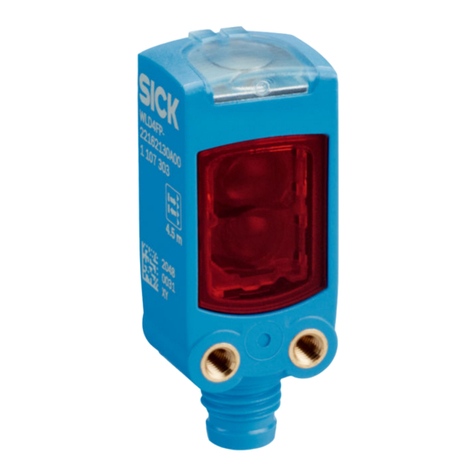
SICK
SICK W4F User manual
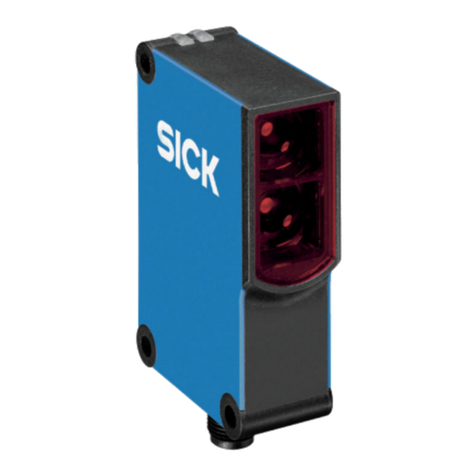
SICK
SICK WT 23-2 Series User manual
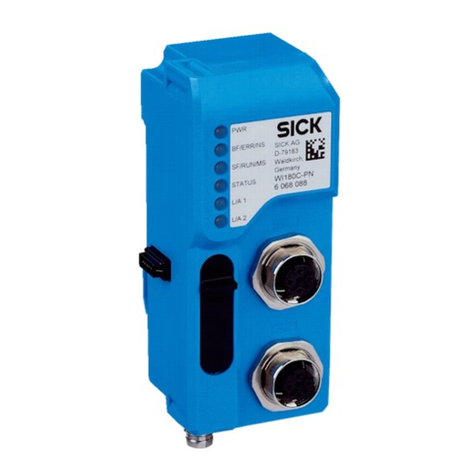
SICK
SICK WI180C-EN User manual

SICK
SICK RMS1000 User manual
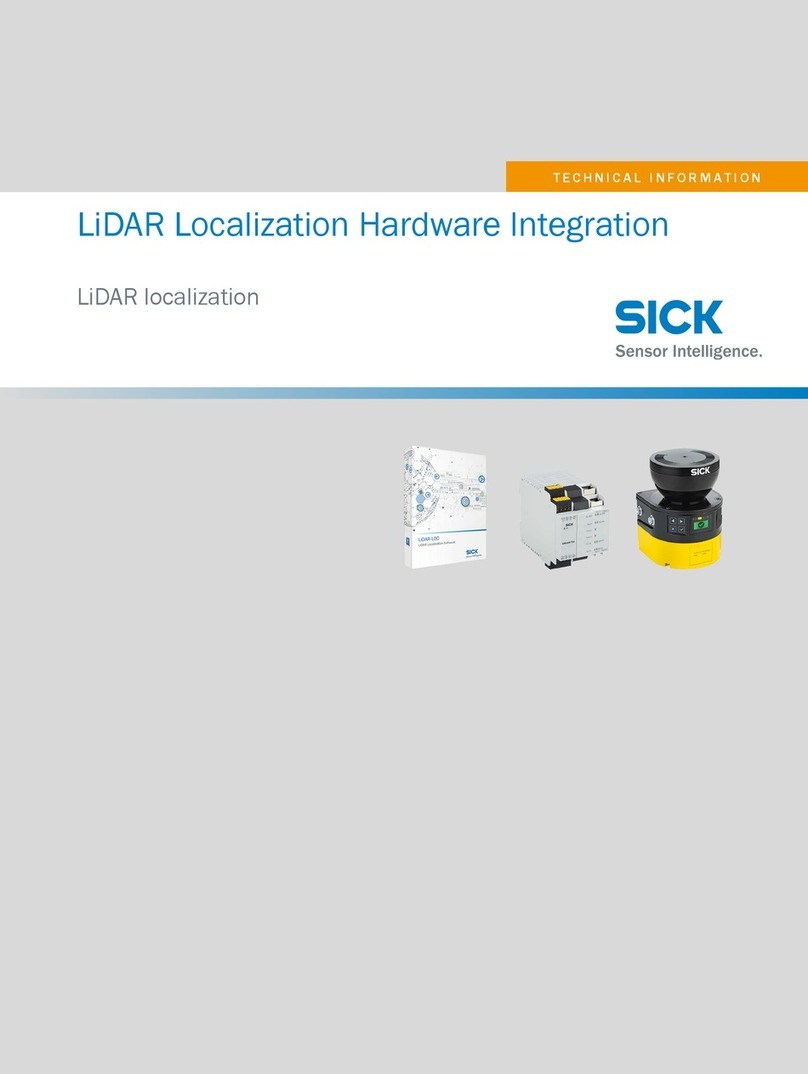
SICK
SICK LiDAR Manual
